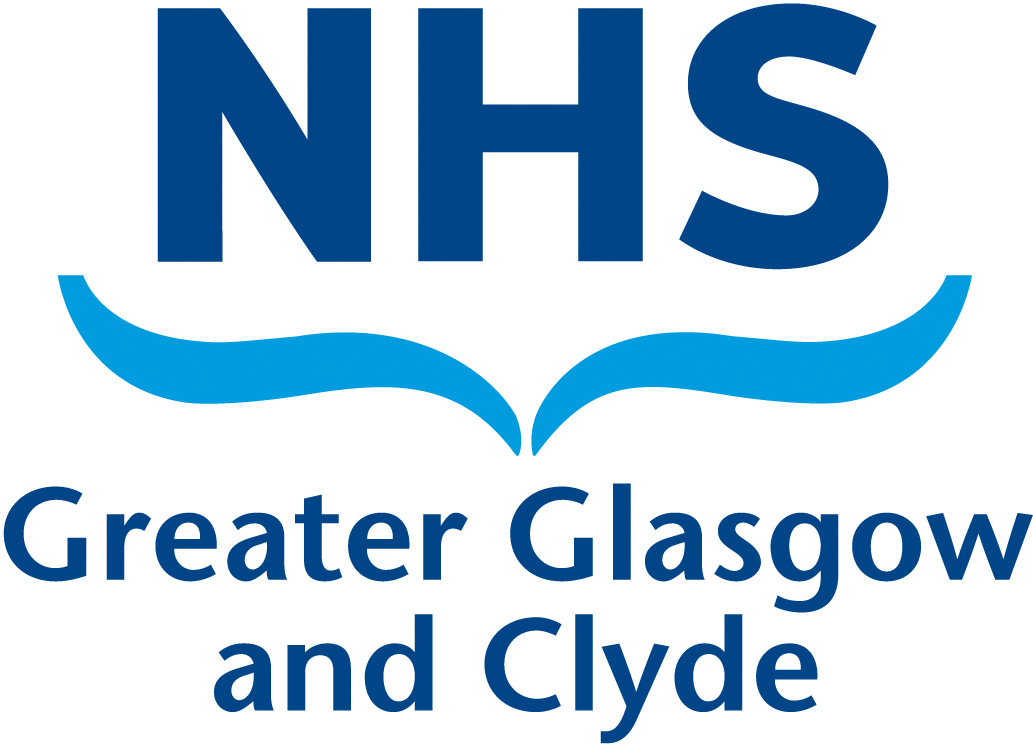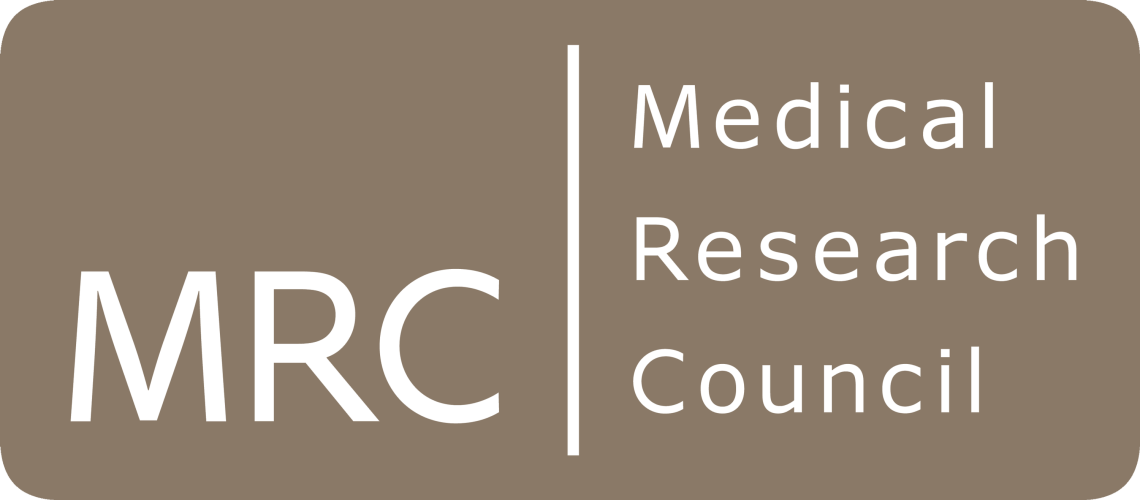Vaccine efficacy and Coronavirus (COVID-19)

Vaccines based on the spike protein of SARS-CoV-2 are a cornerstone of the public health response to COVID-19. The emergence of hypermutated, increasingly transmissible variants of concern (VOCs) threaten this strategy. We study the real-world vaccine effectiveness of Oxford/AstraZeneca (ChAdOx1), Pfizer BioNTech (BNT162b2) and Moderna (mRNA-1273). that was partially restored along with the effectiveness of booster vaccination.
Updated on October 11, 2022 by Surajit Ray
Immunology Molecular biology Vaccines Viral infection
16 min READ
We have led the statistical analyses of one of the earliest study of vaccine effectiveness against Omicron SARS-CoV-2 infection in the recent Nature Microbiology paper “SARS-CoV-2 Omicron is an immune escape variant with an altered cell entry pathway”, along with Dr. Oscar MacLean of the MRC-University of Glasgow Centre for Virus Research. The results showed that Omicron had a greater ability to evade the effects of vaccination, but that there were protective effects of previous infection and third (booster) vaccine doses. The findings of the paper were presented at Scotland- and UK-wide meetings by Prof. Emma Thomson, who is a member of the Standing Committee on Pandemic Preparedness (ScotGov) and Variant Technical Group members (UKHSA) which fed into NHSScotland and UK-wide government decision-making processes.
Current Projects
- Vaccine effectiveness against Omicron in adult population across Greater Glasgow Health Board (NHSGGC).
- Vaccine effectiveness in pediatric population across Scotland.
Severity across successive SARS-CoV-2 variants measured in terms of Death, ICU admission and Hospitalisation. Preprint
- Adeno-associated virus 2 infection in children with non-A-E hepatitis. Preprint
- Analysis data arising from next generation sequencing (e.g. PhIP-Seq characterization of serum antibodies) to detect new and emerging viruses.
Researcher
Glasgow Collaborators
Related links
Related publications
Abstract
Vaccines based on the spike protein of SARS-CoV-2 are a cornerstone of the public health response to COVID-19. The emergence of hypermutated, increasingly transmissible variants of concern (VOCs) threaten this strategy. Omicron (B.1.1.529), the fifth VOC to be described, harbours multiple amino acid mutations in spike, half of which lie within the receptor-binding domain. Here we demonstrate substantial evasion of neutralization by Omicron BA.1 and BA.2 variants in vitro using sera from individuals vaccinated with ChAdOx1, BNT162b2 and mRNA-1273. These data were mirrored by a substantial reduction in real-world vaccine effectiveness that was partially restored by booster vaccination. The Omicron variants BA.1 and BA.2 did not induce cell syncytia in vitro and favoured a TMPRSS2-independent endosomal entry pathway, these phenotypes mapping to distinct regions of the spike protein. Impaired cell fusion was determined by the receptor-binding domain, while endosomal entry mapped to the S2 domain. Such marked changes in antigenicity and replicative biology may underlie the rapid global spread and altered pathogenicity of the Omicron variant. 2022, The Author(s).
Abstract
In the version of this article initially published, the author affiliation information was incomplete, neglecting to note that Brian J. Willett, Joe Grove, Oscar A. MacLean, Craig Wilkie, Giuditta De Lorenzo, Wilhelm Furnon, Diego Cantoni, Sam Scott, Nicola Logan and Shirin Ashraf contributed equally and that John Haughney, David L. Robertson, Massimo Palmarini, Surajit Ray and Emma C. Thomson jointly supervised the work, as now indicated in the HTML and PDF versions of the article. The Author(s) 2022.
Preprints
Abstract
Objective To determine how the severity of successively dominant SARS-CoV-2 variants changed over the course of the COVID-19 pandemic.Design Retrospective cohort analysis.Setting Community- and hospital-sequenced COVID-19 cases in the NHS Greater Glasgow and Clyde (NHS GG\&C) Health Board.Participants All sequenced non-nosocomial adult COVID-19 cases in NHS GG\&C infected with the relevant SARS-CoV-2 lineages during analysis periods. B.1.177/Alpha: 1st November 2020 - 30th January 2021 (n = 1640). Alpha/Delta: 1st April - 30th June 2021 (n = 5552). AY.4.2 Delta/non-AY.4.2 Delta: 1st July - 31st October 2021 (n = 9613). Non-AY.4.2 Delta/Omicron: 1st - 31st December 2021 (n = 3858).Main outcome measures Admission to hospital, ICU, or death within 28 days of positive COVID-19 testResults For B.1.177/Alpha, 300 of 807 B.1.177 cases were recorded as hospitalised or worse, compared to 232 of 833 Alpha cases. After adjustment, the cumulative odds ratio was 1.51 (95\% CI: 1.08-2.11) for Alpha versus B.1.177. For Alpha/Delta, 113 of 2104 Alpha cases were recorded as hospitalised or worse, compared to 230 of 3448 Delta cases. After adjustment, the cumulative odds ratio was 2.09 (95\% CI: 1.42-3.08) for Delta versus Alpha. For non-AY.4.2 Delta/AY.4.2 Delta, 845 of 8644 non-AY.4.2 Delta cases were recorded as hospitalised or worse, compared to 101 of 969 AY.4.2 Delta cases. After adjustment, the cumulative odds ratio was 0.99 (95\% CI: 0.76-1.27) for AY.4.2 Delta versus non-AY.4.2 Delta. For non-AY.4.2 Delta/Omicron, 30 of 1164 non-AY.4.2 Delta cases were recorded as hospitalised or worse, compared to 26 of 2694 Omicron cases. After adjustment, the median cumulative odds ratio was 0.49 (95\% CI: 0.22-1.06) for Omicron versus non-AY.4.2 Delta.Conclusions The direction of change in disease severity between successively emerging SARS-CoV-2 variants of concern was inconsistent. This heterogeneity demonstrates that severity associated with future SARS-CoV-2 variants is unpredictable.Competing Interest StatementThe authors have declared no competing interest.Funding StatementCOG-UK is supported by funding from the Medical Research Council (MRC) part of UK Research \& Innovation (UKRI), the National Institute of Health Research (NIHR) and Genome Research Limited, operating as the Wellcome Sanger Institute. Funding was also provided by UKRI through the JUNIPER consortium (grant number MR/V038613/1). Sequencing and bioinformatics support at the CVR was funded by the Medical Research Council (MRC) core award (MC UU 12014/12). We acknowledge the support of the G2P-UK National Virology Consortium (MR/W005611/1).Author DeclarationsI confirm all relevant ethical guidelines have been followed, and any necessary IRB and/or ethics committee approvals have been obtained.YesThe details of the IRB/oversight body that provided approval or exemption for the research described are given below:Anonymised clinical data were available using the NHS Greater Glasgow and Clyde (NHS GG\&C) SafeHaven platform and included vaccination status (dates and product names for each dose), demographic data (age, sex and Scottish Index of Multiple Deprivation (SIMD) quartile) comorbidity (shielding and immunosuppression status) and dates of positive and negative PCR tests, for 1.2 million inhabitants of the (NHS GG\&C) area over 18 years of age. Data were matched by CHI number and pseudonymised before analysis. Derogated ethical approval for the study was granted by the NHS GG\&C SafeHaven committee (GSH/21/IM/001).I confirm that all necessary patient/participant consent has been obtained and the appropriate institutional forms have been archived, and that any patient/participant/sample identifiers included were not known to anyone (e.g., hospital staff, patients or participants themselves) outside the research group so cannot be used to identify individuals.YesI understand that all clinical trials and any other prospective interventional studies must be registered with an ICMJE-approved registry, such as ClinicalTrials.gov. I confirm that any such study reported in the manuscript has been registered and the trial registration ID is provided (note: if posting a prospective study registered retrospectively, please provide a statement in the trial ID field explaining why the study was not registered in advance).YesI have followed all appropriate research reporting guidelines and uploaded the relevant EQUATOR Network research reporting checklist(s) and other pertinent material as supplementary files, if applicable.YesRaw data is personally identifiable, and so are not available, but aggregated data are provided in the supplementary materials.
Abstract
An outbreak of acute hepatitis of unknown aetiology in children was first reported in Scotland in April 2022. Cases aged <16 years have since been identified in 35 countries.2 Here we report a detailed investigation of 9 early cases and 58 control subjects. Using next-generation sequencing and real-time PCR, adeno-associated virus 2 (AAV2), was detected in the plasma of 9/9 and liver of 4/4 patients but in 0/13 sera/plasma of age-matched healthy controls, 0/12 children with adenovirus (HAdV) infection and normal liver function and 0/33 children admitted to hospital with hepatitis of other aetiology. AAV2 typically requires a coinfecting 'helper' virus to replicate, usually HAdV or a herpesvirus. HAdV (species C and F) and human herpesvirus 6B (HHV6B) were detected in 6/9 and 3/9 affected cases, including 3/4 and 2/4 liver biopsies, respectively. The class II HLA-DRB1*04:01 allele was identified in 8/9 cases (89%), compared with a background frequency of 15.6% in Scottish blood donors, suggestive of increased susceptibility in affected cases. Acute non-A-E paediatric hepatitis is associated with the presence of AAV2 infection, which could represent a primary pathogen or a useful biomarker of recent HAdV or HHV6B infection. Population and mechanistic studies are required to explore these findings further.










